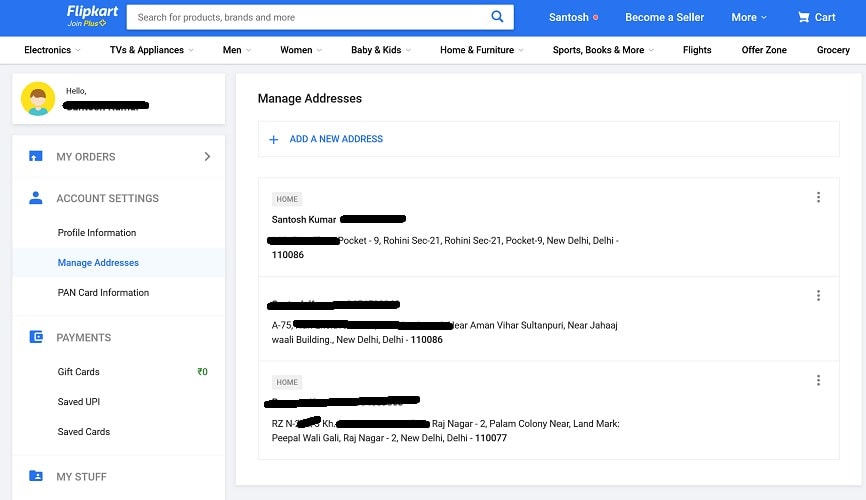In today’s rapidly evolving business landscape, ensuring the security of your premises, assets, and personnel is paramount. Implementing an effective access control solution is essential for safeguarding your business against unauthorized access, theft, and security breaches. However, designing and implementing an access control solution can be a complex and multifaceted process. In this comprehensive guide, we’ll walk you through the steps to design and implement an effective access control solution tailored to your business needs.
Assess Your Security Needs
The first step in designing an access control solution is to assess your security needs and requirements. Identify the areas and assets that need to be protected, as well as the level of security required for each. Consider factors such as the size and layout of your premises, the number of employees and visitors, and any specific security risks or vulnerabilities unique to your business.
Define Access Control Policies
Once you’ve assessed your security needs, define access control policies that align with your business objectives and regulatory requirements. Determine who should have access to which areas and resources within your premises, and establish clear rules and procedures for granting and revoking access. Consider implementing role-based access control (RBAC) to streamline access management and enforce the principle of least privilege.
Choose the Right Access Control Technology
Selecting the right access control technology is crucial to the success of your access control solution. Consider factors such as scalability, reliability, ease of use, and integration capabilities when choosing access control technology. Common access control technologies include proximity card readers, biometric scanners, keypads, and mobile credentials. Choose technology that meets your security needs and integrates seamlessly with your existing infrastructure.
Design Access Control System Architecture
Design the architecture of your access control system based on your security needs, budget, and infrastructure. Determine the placement of access control devices such as card readers, door controllers, and electronic locks to ensure comprehensive coverage of your premises. Consider factors such as accessibility, wiring requirements, and power sources when designing the layout of your access control system.
Implement Access Control Policies and Procedures
Once you’ve designed your access control system, implement access control policies and procedures to enforce security measures effectively. Train employees on how to use access control technology, including how to present credentials, enter PIN codes, and respond to access control alerts. Establish protocols for managing access permissions, responding to security incidents, and conducting regular security audits and assessments.
Test and Evaluate
Before fully deploying your access control solution, conduct thorough testing to ensure that it functions as intended and meets your security requirements. Test access control devices, credential issuance processes, and integration with other security systems. Identify and address any issues or vulnerabilities discovered during testing and refine your access control solution as needed.
Monitor and Maintain
Once your access control solution is deployed, establish ongoing monitoring and maintenance procedures to ensure its continued effectiveness. Monitor access control logs and audit trails regularly to detect and investigate any suspicious activity or security breaches. Perform routine maintenance tasks such as software updates, hardware upgrades, and system backups to keep your access control solution running smoothly and securely.
In conclusion, designing and implementing an effective access control solution requires careful planning, thoughtful consideration of your security needs, and the selection of the right technology and procedures. By following the steps outlined in this guide and working with trusted security professionals, you can design and implement an access control solution that effectively protects your business against security threats and provides peace of mind for you, your employees, and your stakeholders.
Hey there! I’m a self-proclaimed Twitter addict and an unapologetic coffee lover.









